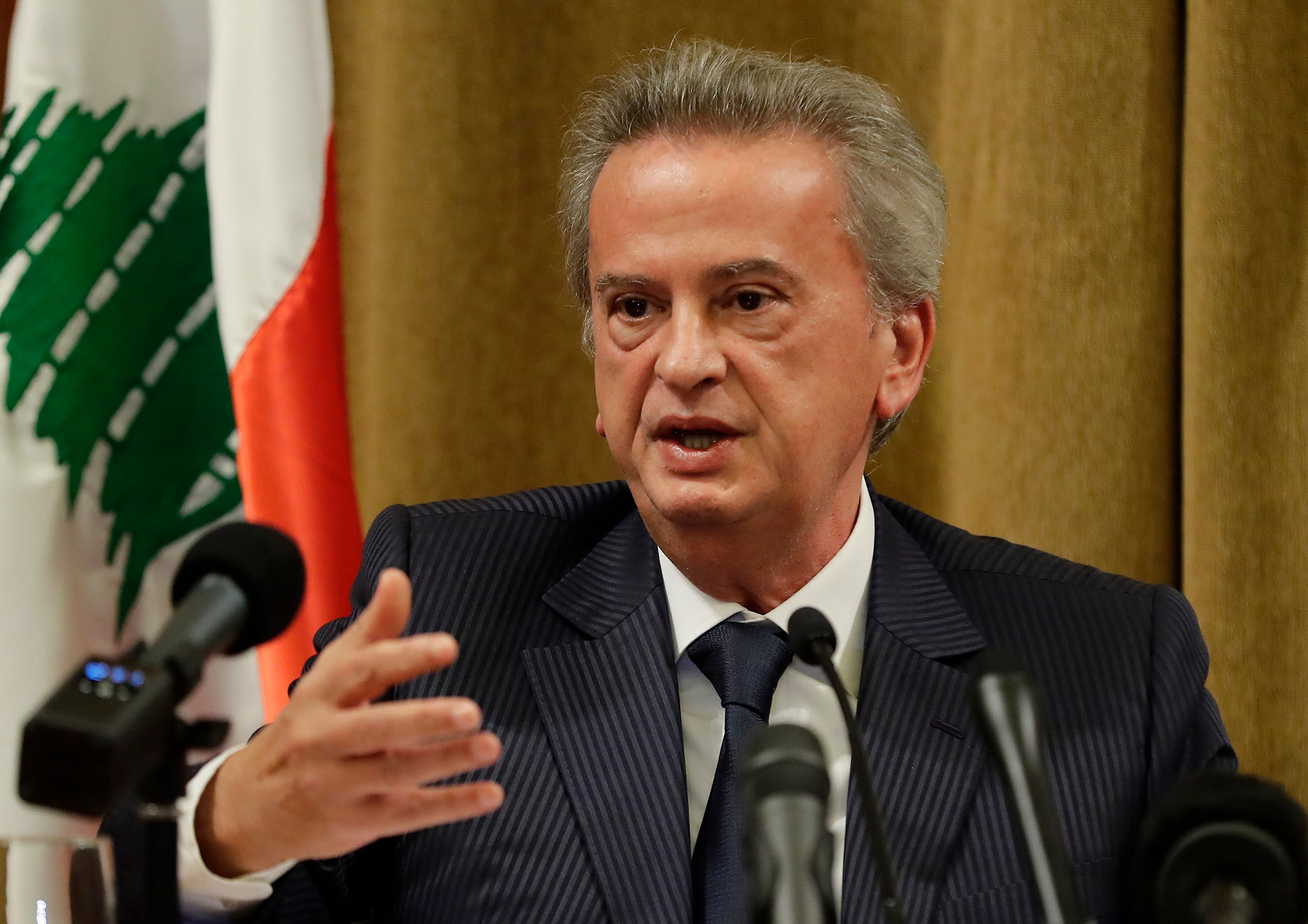
BEIRUT, (Reuters) – Lebanon will adopt a new official exchange rate of 15,000 pounds per U.S. dollar on Feb. 1, central bank governor Riad Salameh said, marking a 90% devaluation from its current official rate that has remained unchanged for 25 years. The shift from the old rate of 1,507 to 15,000 is still far off the parallel market, where the pound was changing hands at around 57,000 per dollar on Tuesday. The change will apply to banks, Salameh said, leading to a decrease in the equity of the institutions at the centre of the country’s 2019 financial implosion. Analysts expect the shift to have less impact on the wider economy, which is increasingly dollarized and where most trades take place according to the parallel market rate.
The pound has lost some 97% of its value since it began to split from the 1,507 rate in 2019. Salameh told Reuters that commercial banks in the country “will see the part of their equity that is in pound decrease once translated into dollars at 15,000 instead of 1,500.” In order to ease the impact of this shift, banks would be given five years “to reconstitute the losses due to the devaluation,” he said. Salameh said the change to 15,000 was a step towards unifying multiple exchange rates, in line with a draft agreement Lebanon reached with the International Monetary Fund last year that set out conditions to unlock a $3 billion bailout. Several rates remain, including the official rate, the central bank’s Sayrafa exchange platform rate which currently stands at 38,000 pounds per U.S. dollar, and the parallel market rate.



